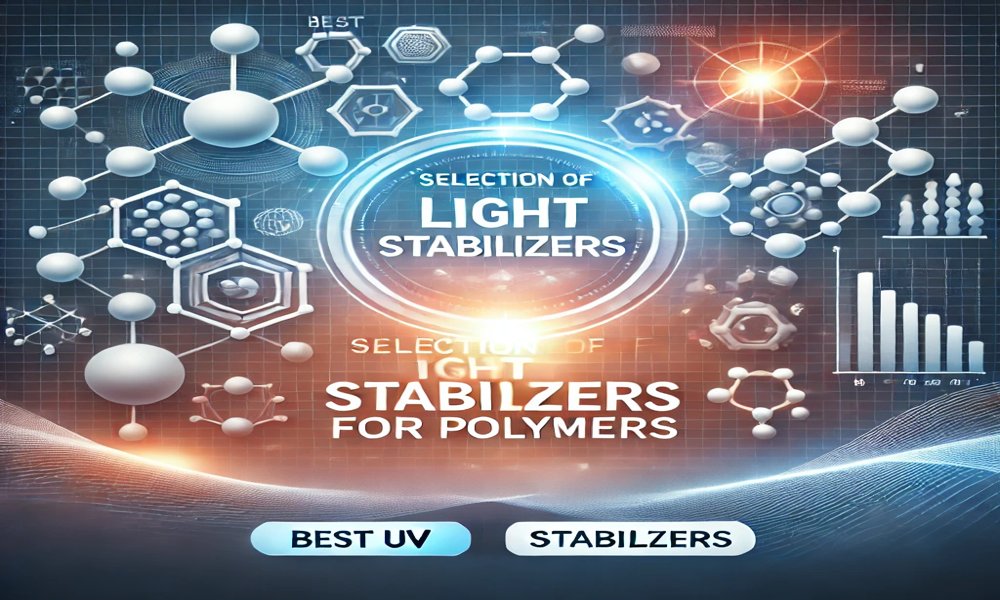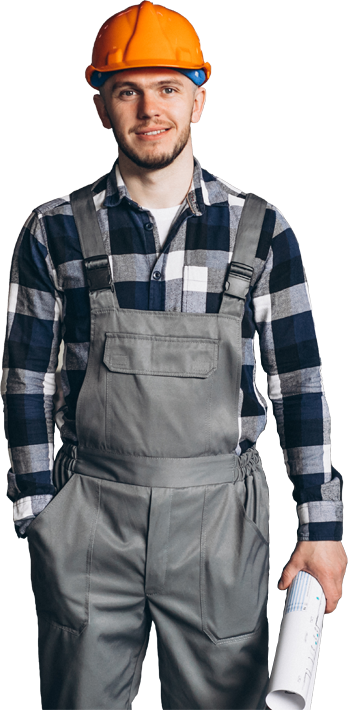Selection of Light Stabilizers for Polymers Best UV Stabilizers
Selection of Light Stabilizers for Polymers: Best UV Stabilizers for Enhanced Durability
In the world of polymer materials, the impact of UV radiation cannot be understated. Prolonged exposure to sunlight can cause polymers to degrade, leading to color fading, loss of strength, and overall material deterioration. This is where light stabilizers, specifically UV stabilizers, come into play. They are essential for improving the longevity and performance of polymers, especially in outdoor applications. In this blog post, we’ll explore the selection of light stabilizers for polymers and why UV stabilizers are crucial for ensuring the durability and quality of plastic products.
Understanding Light Stabilizers and UV Stabilizers
Light stabilizers are additives incorporated into polymer formulations to protect the material from damage caused by exposure to light, particularly UV radiation. These stabilizers absorb harmful UV light or convert it into heat, preventing the degradation of the polymer. UV stabilizers specifically focus on mitigating the harmful effects of ultraviolet light, which is a significant contributor to the degradation of plastic materials.
UV radiation can break down the polymer chains in plastic materials, leading to a loss in mechanical strength, brittleness, and discoloration. This degradation can significantly shorten the lifespan of products used in applications like automotive, construction, packaging, and textiles. Therefore, choosing the right UV stabilizers is essential for maintaining the performance and aesthetics of plastic products.
Why UV Stabilizers Are Essential for Polymers
UV stabilizers protect polymers from UV degradation, which occurs when plastics are exposed to sunlight over extended periods. The benefits of using UV stabilizers in polymers include:
-
Enhanced Durability: UV stabilizers prevent the physical and chemical breakdown of polymers, extending their service life.
-
Prevention of Discoloration: UV light often causes color fading in plastics. UV stabilizers help maintain the original appearance of polymer products.
-
Retention of Mechanical Properties: By preventing polymer chain degradation, UV stabilizers help retain the strength and flexibility of plastics.
-
Reduced Cracking and Brittle Formation: UV stabilizers help prevent the formation of cracks and brittleness, particularly in products exposed to outdoor elements.
Incorporating UV stabilizers into polymer formulations is crucial for industries that rely on plastic materials exposed to sunlight or outdoor environments. This includes applications like automotive parts, outdoor furniture, agricultural films, and roofing materials.
Types of UV Stabilizers
There are several types of UV stabilizers available, each offering specific benefits depending on the polymer application. Understanding the different types is vital when selecting the right UV stabilizer for a particular product.
1. UV Absorbers (UVAs)
UV absorbers are the most common type of UV stabilizer used in polymers. They work by absorbing harmful UV radiation and converting it into heat, which is then dissipated harmlessly. These stabilizers help prevent the polymer from undergoing photochemical degradation.
-
Common UVAs: Benzotriazoles, benzophenones, and hindered amine light stabilizers (HALS).
-
Advantages: Effective in protecting polymers from UV degradation and reducing discoloration.
-
Applications: Used in applications like automotive interiors, agricultural films, and packaging.
2. Hindered Amine Light Stabilizers (HALS)
HALS are a class of UV stabilizers that work by scavenging free radicals produced during UV radiation exposure. These free radicals can initiate polymer degradation, and HALS help inhibit that process, thus improving the polymer’s resistance to weathering and UV damage.
-
Common HALS: Tinuvin series, Chimassorb.
-
Advantages: Provide long-lasting UV protection, enhance the mechanical properties of polymers, and prevent cracking and discoloration.
-
Applications: Frequently used in automotive parts, coatings, and outdoor plastics like garden furniture.
3. Combination Stabilizers
Often, a combination of UV absorbers and HALS is used to provide comprehensive protection against UV radiation. These stabilizers work synergistically to prevent both the initial absorption of UV light and the free radical-induced polymer degradation.
-
Advantages: Provides enhanced UV stability, better protection against both photo-oxidation and free radicals, and prolonged service life for polymers.
-
Applications: Used in high-performance outdoor materials, including roofing membranes, outdoor signage, and agricultural plastics.
Factors to Consider When Selecting UV Stabilizers for Polymers
Choosing the right UV stabilizer for your polymer product depends on several factors. Let’s take a closer look at the key considerations when selecting UV stabilizers:
1. Polymer Type
Different polymers have different susceptibilities to UV degradation. For example, polypropylene (PP) and polyethylene (PE) are more sensitive to UV radiation than other polymers like polycarbonate (PC) or acrylic. The choice of stabilizer will depend on the polymer’s UV sensitivity.
2. Environmental Exposure
Consider the environment in which the polymer will be used. Products exposed to extreme sunlight, high temperatures, or harsh weather conditions will require more robust UV protection. For instance, outdoor furniture and automotive parts need UV stabilizers that offer long-term protection under constant sunlight exposure.
3. Durability Requirements
The required durability of the polymer will also dictate the choice of UV stabilizer. If the product needs to maintain its mechanical strength and color over extended periods, selecting a high-performance stabilizer like HALS or a combination of UV absorbers and HALS might be necessary.
4. Cost
The cost of UV stabilizers can vary depending on the type and concentration needed. While some stabilizers like UV absorbers may be more affordable, high-performance stabilizers such as HALS may have a higher cost but offer better long-term protection. It’s important to balance cost with the required level of protection.
5. Application Requirements
Specific applications may require additional properties, such as ease of processing, compatibility with other additives, or regulatory compliance. Ensure that the UV stabilizer chosen is compatible with other additives in the formulation, such as colorants, plasticizers, or flame retardants.
Conclusion
Incorporating UV stabilizers into polymer formulations is essential for enhancing the durability and performance of plastic products, particularly those exposed to sunlight or outdoor environments. The selection of the appropriate UV stabilizer depends on several factors, including the type of polymer, environmental exposure, durability requirements, and cost. By understanding the different types of stabilizers—such as UV absorbers, HALS, and combination stabilizers—manufacturers can choose the best option to protect their polymer products from the harmful effects of UV radiation.


